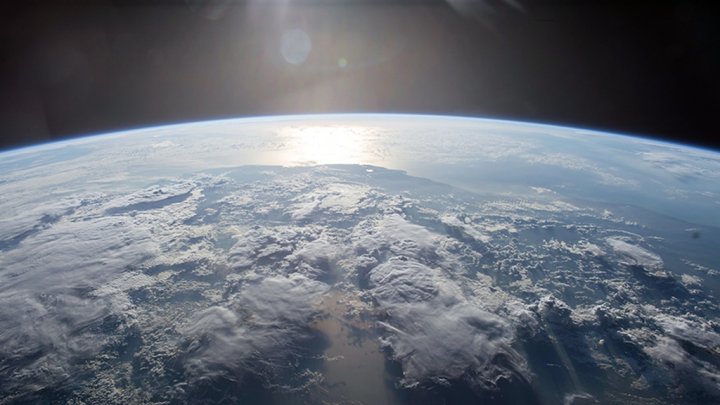
For nearly three billion years, the evolution of life on Earth remained mostly stalled at the single-cell stage, yielding a watery world teeming with bacteria.
But then the melting some 650 million years ago of Snowball Earth - when oceans at the equator were frozen to a depth of two kilo metres - led to a global algae bloom that changed everything, researchers reported on Wednesday.
When and why animals first appeared on the planet has been one of the great, and most durable, mysteries in science. Up to now, there have been more theories than hard facts, with experts divided into two main camps on the origin of complex organisms, said Jochen Brocks, a professor at Australian National University and lead author of a study published in Nature.
'Missing link' bolsters bold theory on dino evolution
"The fight has been going on for two decades," he said by phone. "I was just in a session at the conference, and they are really butting heads."
One side, populated mainly by biologists, contends there is really no puzzle to be solved - the evolution of something as intricate as an animal genome takes time, even billions of years, they argue. The constraints, in other words, were intrinsic and not environmental.
"The second camp says that animals could have evolved more quickly, but that something was holding them back," Brocks, whose own findings pushed him from one camp to the other.
"Microscopic bacteria were replaced by much larger algae" fed by nutrients ripped from mountainsides as glaciers slid toward the sea, he added.
"These organisms revolutionised the base of the food web and, without them, we would not be here today," he told AFP while attending an international geochemistry conference in Paris, where he presented his findings.
Insufficient oxygen has long been seen as a crucial barrier to the rise of multi-cellular life. Large, energy-consuming organisms need a powerful fuel -- and the oxygen to help burn it.
Brocks's research also supports a bottleneck hypothesis, but points in a different direction.
Coincidence 'very unlikely'
"Our study presents the first real evidence that it was not oxygen that was lacking, but an abundant, nutritious food source," he said.
Which brings us back to algae. Vast amounts of nitrogen-rich nutrients tumbled into the sea as Earth's surface melted, allowing photosynthesising algae to proliferate at the expense of far-smaller bacteria.
The bottom of the food chain determines how much energy is in the ecosystem, and algae are on average 1,000 times bigger than bacteria.
"Proportionally, it is the difference between a mouse to an elephant - in ocean ecology, size is all that really matters," Brocks said.
14m year-old fossils of ‘terrible beast’
"You suddenly had a huge amount of nutritious, high-energy particles at the base of the food web that then drives the entire ecosystem towards complex, large creatures."
The researchers found evidence of this transition in rock samples, extracted from deep under the Central Australian desert, dating from immediately after the planet's deep freeze, which lasted about 50 million years.
Using chromatography (which separates out chemical components) and spectroscopy (which measures masses), they looked for changes over time in the ratio of two types of molecules, one a proxy for higher life forms, and the other for bacteria.
The results showed a drastic shift, with a 100- to 1,000-fold increase in the number of molecules indicative of complex organisms. "The rise of algae and the appearance of animals are so close to each other in time that is very unlikely that it is a coincidence," Brocks said.
1736984998-0/Trump-(5)1736984998-0-405x300.webp)






1724994274-0/BeFunky-(12)1724994274-0-270x192.webp)















COMMENTS
Comments are moderated and generally will be posted if they are on-topic and not abusive.
For more information, please see our Comments FAQ